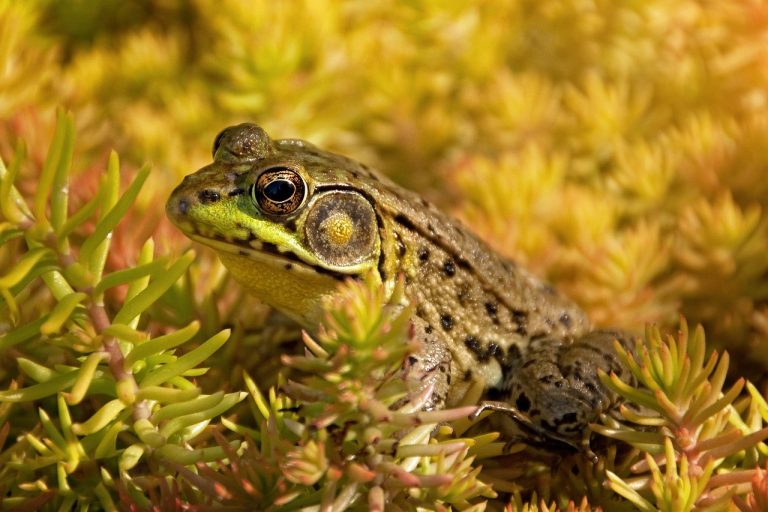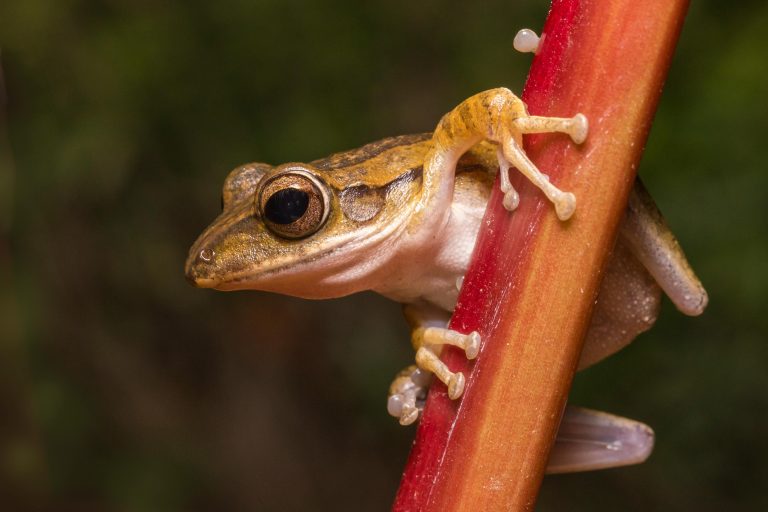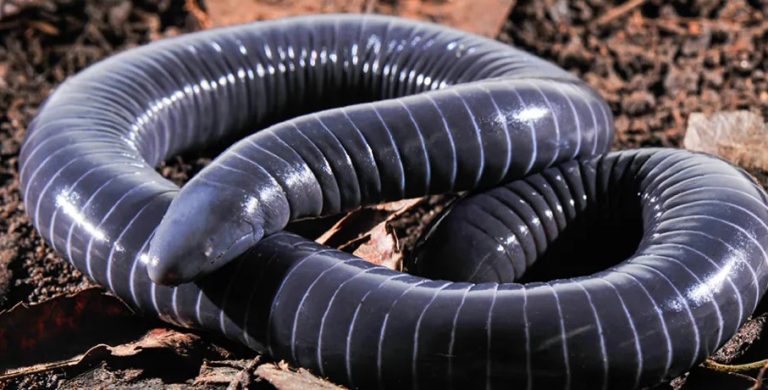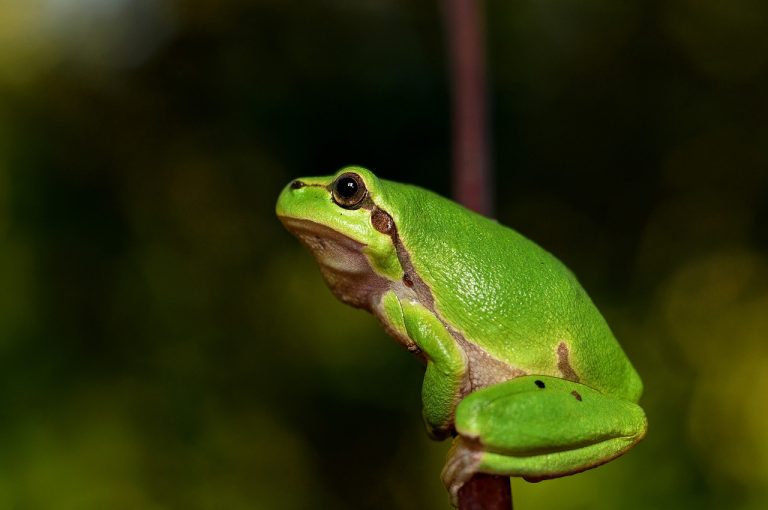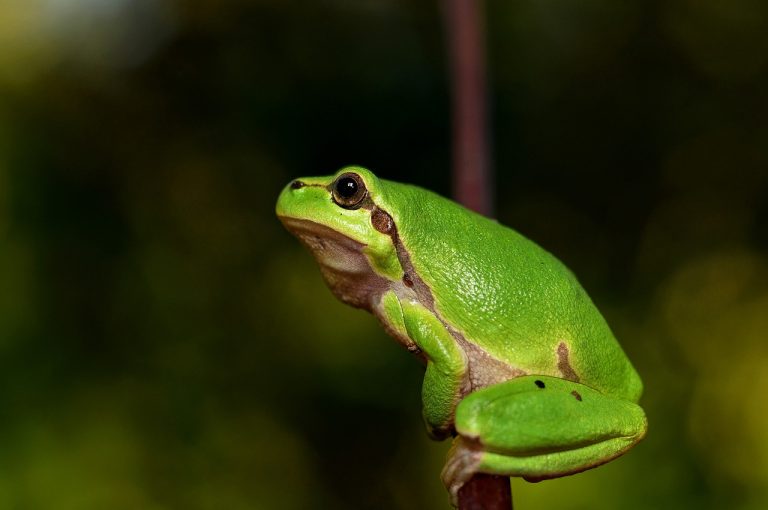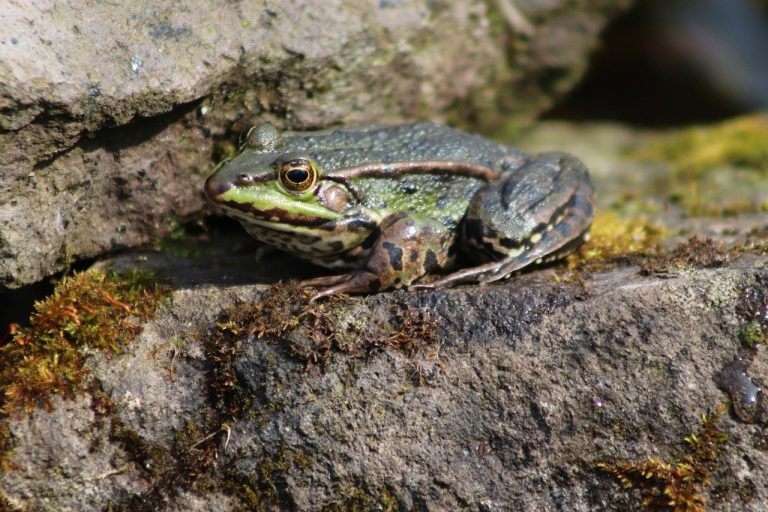Burrowing Frog
“Found close to marshes, streams and lakes!”
- Kingdom: Animalia
- Phylum: Chordata
- Class: Amphibia
- Order: Anura
- Family: Myobatrachidae
- Genus: Heleioporus
Conservation Status
The Burrowing Frog is classified as Vulnerable.
Locations
The Burrowing Frog is primarily found in Oceania.
Burrowing Frog Facts
Main Prey
- Insects
- Worms
- Spiders
Fun Fact
- Found close to marshes, streams, and lakes!
Distinctive Feature
- Long limbs and rough, bumpy skin
Habitat
- Forests
- Rivers
- Marshes
Predators
- Foxes
- Snakes
- Birds
Diet
- Carnivore
Lifestyle
- Solitary
Favorite Food
- Insects
Type
- Amphibian
Average Clutch Size
- 200
Slogan
- Found close to marshes, streams, and lakes!
Burrowing Frog Physical Characteristics
Color
- Brown
- Grey
- Yellow
- Black
- Green
Skin Type
- Permeable
Top Speed
- 5 mph
Lifespan
- 10 – 15 years
Weight
- 20g – 80g (0.7oz – 2.8oz)
Length
- 6cm – 10cm (2.4in – 4in)
Additional Burrowing Frog Information
Unique Behavior
- Burrowing: Some burrowing frogs can spend their entire lives underground! These amphibians dig themselves into the ground and can remain there for extremely long periods of time. They possess muscular arms and legs that aid in digging.
Preferred Habitat
- Location: Burrowing frogs make their homes near slow-moving, almost stagnant bodies of water such as marshes, streams, and lakes. They are typically found in forests, rivers, and marshes.
Communication
- Eastern Owl Frogs: This species has a soft hooting call that is commonly mistaken for that of an owl.
Conservation Concerns
- Habitat Loss: A major cause for concern for burrowing frogs is habitat loss, which threatens the vast majority of burrowing frog species. Preservation of their natural habitats is crucial for their survival.
By integrating these facts with previously provided information, we gain a comprehensive understanding of the burrowing frog’s lifestyle, behavior, and the conservation challenges they face.
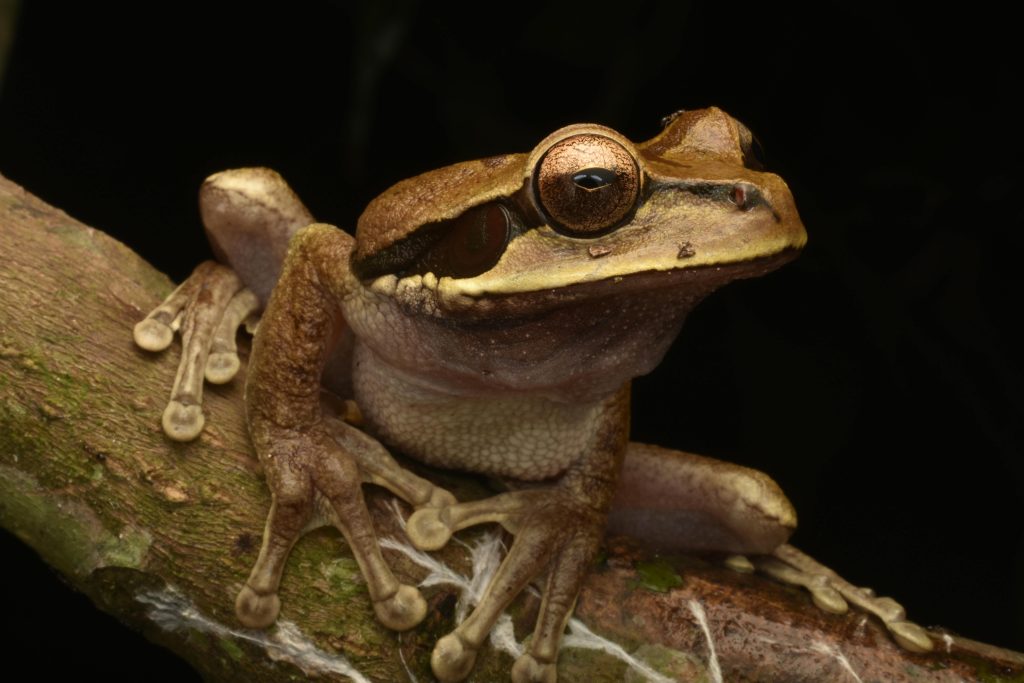
5 Incredible Burrowing Frog Facts!
- Elusive Nature: The giant burrowing frog is so elusive that scientists have been unable to measure its population size. This rarity adds to the mystery surrounding this species.
- Adapted for Digging: Burrowing frogs have extremely muscular arms and non-webbed feet specifically adapted for digging burrows into the ground. These physical traits enable them to thrive in their underground habitats.
- Unique Calls: The eastern owl frog, moaning frog, and whooping frog are all species of burrowing frogs in Australia known for their unique and identifiable sounds. The eastern owl frog, for instance, has a soft hooting call that can be mistaken for an owl.
- Dormant Eggs: Giant burrowing frog eggs can remain dormant for months after being laid in burrows. They wait until flooding, rainwater, or tidal water enters the burrow and carries them out to larger pools, where they can develop further.
- Longevity: Eastern owl frogs can live for upwards of 10 years, with some individuals recorded to survive up to 15 years. This long lifespan is notable among amphibians and highlights their resilience.
Scientific Name
The giant burrowing frog, scientifically known as Heleioporus australiacus, is also called the eastern owl frog. It’s closely related to the blunt-headed burrowing frog. The genus Heleioporus includes six species of burrowing frogs, all native to Australia. The eastern owl frog is unique because it’s the only one living in South East Australia; the other five species are found in the South West.
This frog belongs to the family Limnodynastidae and the class Animalia.
The other species in the Heleioporus genus are:
- Western spotted frog (H. albopunctatus)
- Hooting frog (H. barycragus)
- Moaning frog (H. eyrei)
- Whooping frog (H. inornatus)
- Sand frog (H. psammophilus)
Their common names often reflect the unique sounds they make, helping to identify each species.
Besides the Heleioporus genus, there are many other types of burrowing frogs around the world, such as Indian burrowing frogs, ornate burrowing frogs, and Mexican burrowing frogs. We’ll list more of them at the end of the article.
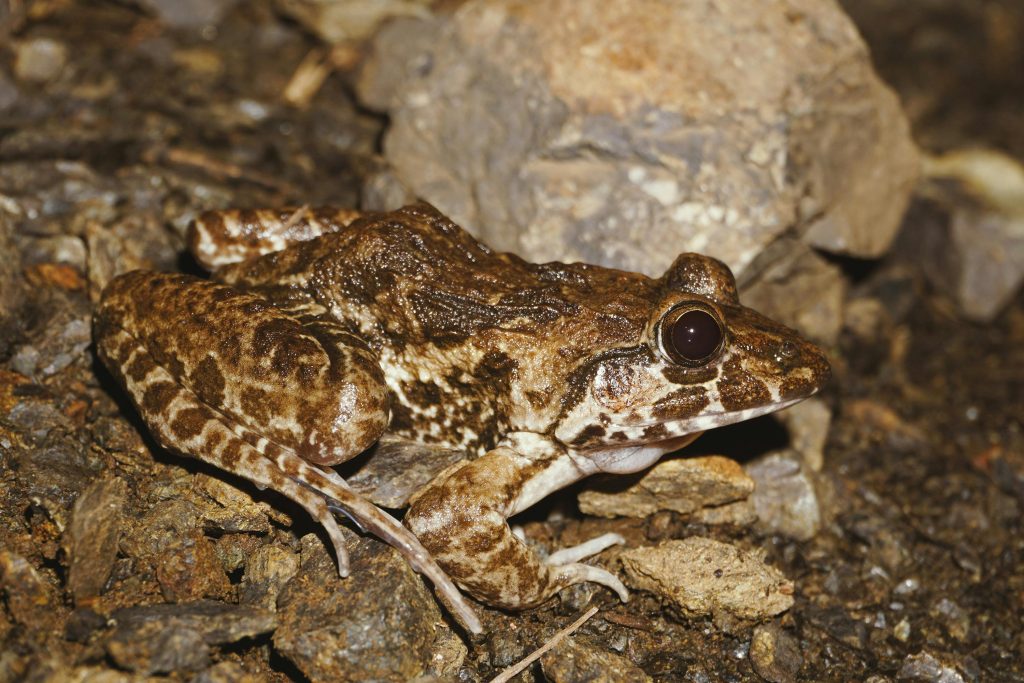
History and Origins
The evolutionary history of burrowing frogs is a fascinating subject to explore. These unique creatures have adapted to life underground, and as such, their evolution has been shaped by the challenges and opportunities that come with this lifestyle. While there is still much we don’t know about these amphibians, recent research has shed some light on their origins.
One of the main challenges in studying the evolutionary history of burrowing frogs is the lack of fossil evidence. Unlike many other groups of animals, including dinosaurs and early mammals, which have left behind rich fossil records spanning millions of years, burrowing frogs are poorly represented in the geological record. This may be because they live in environments that are not conducive to fossilization or because they simply haven’t been discovered yet.
Despite this limitation, scientists have been able to piece together some information about the ancestry of burrowing frogs using genetic data. One study published in 2016 analyzed DNA from more than 200 species of living frogs and found that all burrowing frog lineages likely originated from a common ancestor that lived around 100 million years ago during the Cretaceous period.
It’s believed that this ancestral frog was already partially adapted to digging tunnels when it gave rise to multiple lineages of modern-day burrowing frogs. These descendants continued to evolve specialized adaptations for life underground over time, including elongated hind limbs for digging and reinforced skulls for protection against collapsing tunnels.
Appearance and Behavior
The eastern owl frog is one of the largest frog species in Australia. Here are some key facts to help identify this distinctive frog:
- Size and Appearance: They measure up to three to four inches in length. They have a rough, warty, and multicolored back, a smooth, single light-colored belly, and non-webbed feet. Their backs may also be spotted. They have vertical pupils and noticeably muscular forelegs, which aid in digging through soil and other ground-covering debris. The lack of webbing on their feet is an adaptation that makes it easier for them to dig.
- Sexual Dimorphism: Male eastern owl frogs possess large black spines on their chests and arms, which help hold their partner still during mating. Both males and females dig burrows by backing into them and using their hind legs and feet to throw dirt from the hole.
- Unique Call: The eastern owl frog earned its name from the soft, hooting sound that the male makes from the mouth of the burrow while trying to attract a mate. This call, which is very similar to that of an owl, can be heard year-round but is more prevalent during mating season.
- Behavior and Habitat: These frogs spend most of their lives underground, making significant population studies difficult outside of chance encounters and specific trapping methods. They are most active during the summer months into the fall, and are most likely to be observed during and after heavy rainfall or thunderstorms. They often conceal themselves on the banks of rivers and other water bodies, using vegetation and their burrows for cover.
The eastern owl frog’s behavior and adaptations for burrowing, such as their muscular forelegs and unique vocalizations, make them a fascinating subject for study despite the challenges posed by their subterranean lifestyle.
Habitat
The giant burrowing frog can thrive in various habitats, including wet forests and stream lands. However, it always chooses to make its burrow near a significant, slow-moving water source. These burrows often utilize natural landscape features such as cracks, crevices, and runoffs to capture slow-flowing water, which is crucial for their reproduction.
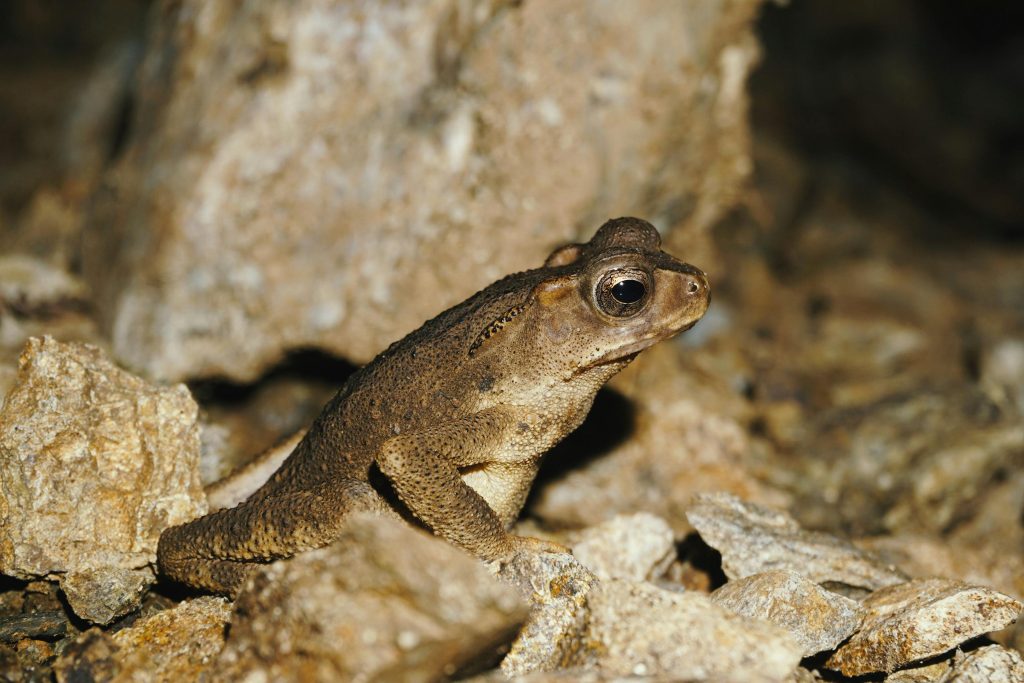
Diet
The giant burrowing frog is a generalist carnivore, meaning it consumes a wide variety of animal prey. Its diet primarily consists of invertebrates, including:
- Scorpions
- Spiders
- Ants
- Centipedes
The frog uses its long tongue to catch and eat its prey.
Predators
The eastern owl frog, like many other burrowing frogs, faces predation from several types of animals, including:
- Foxes
- Snakes
- Lizards
- Birds
These predators are common threats to the burrowing frog in its natural habitat.
Predators and Threats
Predatory Threats
The primary predatory threats to the eastern owl frog come from ambush predators such as:
- Foxes
- Snakes
- Birds
These predators target the burrowing frog by laying in wait and striking at unsuspecting prey.
Man-Made Threats
In addition to natural predators, the giant burrowing frog faces several man-made threats, including:
- Habitat Loss: Construction projects such as residential, commercial, utility, and railroad developments are destroying the natural habitats of these frogs.
- Fire Management: Methods used to prevent and suppress brush fires, which are common in the frog’s native habitat, also significantly impact their population.
- Pollution: The giant burrowing frog requires clean, fresh water for reproduction. There have been no scientifically observed cases of eastern owl frogs reproducing in even slightly polluted water sources.
Environmental Challenges
- Drought Conditions: Regions that were once abundant in freshwater are now experiencing droughts, further limiting the available locations for mating and reproduction.
Conservation Status
Due to these combined threats, the giant burrowing frog is listed as a vulnerable species on the IUCN Red List. In contrast, other species within the Heleioporus genus are considered to be of least concern.
Reproduction, Babies, and Lifespan
Breeding Season
- Timing: The breeding season begins in the fall.
- Mating Calls: Males call out with hooting mating sounds from within their burrows or out in the open.
- Territorial Behavior: Males are extremely territorial during mating season, each claiming an area of approximately 0.04 hectares, which does not overlap with the territory of another male.
Egg Laying and Development
- Egg Laying: Female eastern owl frogs lay their eggs in a foamy substance either inside the burrow or in the water beneath vegetation.
- Clutch Size: Each female lays between 800-1,250 eggs, with an average of around 500-800 eggs per female.
- Dormancy and Development: The eggs remain dormant until rain or other water flow washes them into a larger pool, initiating tadpole development.
Tadpole Stage
- Development Time: Tadpoles take between 12 weeks to a year to fully develop, depending on weather conditions and the timing of the season.
- Appearance: Tadpoles are typically blue-gray with black streaks and can grow as large as three inches.
- Winter Dormancy: Tadpoles that have not fully matured by winter will go dormant and resume development in the spring.
Lifespan and Growth
- Maturity: Once fully matured, eastern owl frogs live approximately 10-15 years.
- Growth Rate: They are slow growers and are considered very long-lived for a frog species.
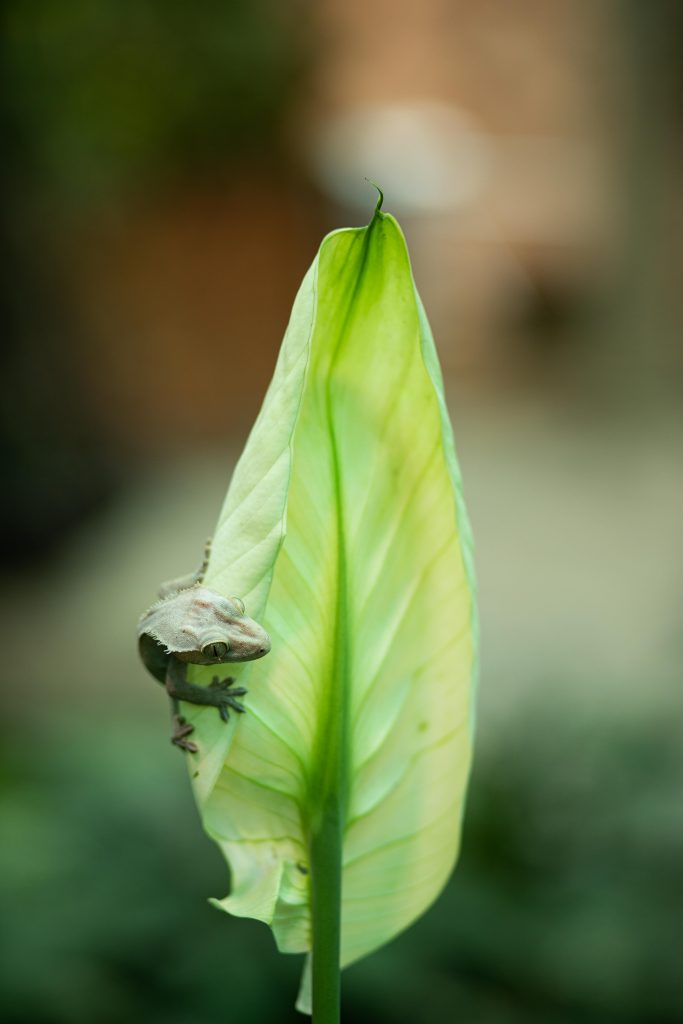
Population and Conservation
Conservation of Burrowing Frogs
Population Status
The population of burrowing frogs across all species is currently unknown. However, it is clear that many types of burrowing frogs face significant threats to their survival.
Major Threats
- Habitat Loss: Human activities such as deforestation, urbanization, and agricultural expansion are leading to the destruction of burrowing frogs’ natural habitats.
- Pollution: Pesticides and other chemicals used in farming practices negatively impact burrowing frog populations by polluting their habitats.
- Climate Change: Changes in climate alter natural habitats and can disrupt breeding patterns, further threatening these amphibians.
Conservation Efforts
To help preserve burrowing frogs, humans can take several actions to reduce our impact on their environments:
- Support Conservation Organizations:
- Donate to or volunteer with organizations dedicated to protecting wildlife habitats and conserving amphibian populations.
- Reduce Chemical Use:
- Limit the use of pesticides and other harmful chemicals that can pollute waterways where burrowing frogs live.
- Use eco-friendly products and practices in farming and gardening.
- Promote Native Planting:
- Plant native vegetation in your garden to create a suitable habitat for local wildlife, including burrowing frogs.
- Avoid using fertilizers that can run off into local water bodies and harm amphibian populations.
Individual Actions
By making small changes at home and in our communities, we can contribute to the conservation of burrowing frog species:
- Plant native plants to support local ecosystems.
- Avoid harmful chemicals in your yard and garden.
- Educate others about the importance of amphibians and the threats they face.
12 Types of Burrowing Frogs
Burrowing Frog Species
| Common Name | Scientific Name | Region |
|---|---|---|
| Giant Burrowing Frog | Heleioporus australiacus | Australia |
| Indian Burrowing Frog | Sphaerotheca breviceps | South Asia |
| Ornate Burrowing Frog | Opisthodon ornatus | Australia |
| Northern Burrowing Frog | Neobatrachus aquilonius | Australia |
| Spencer’s Burrowing Frog | Opisthodon spenceri | Australia |
| Striped Burrowing Frog | Cyclorana alboguttata | Australia |
| Painted Burrowing Frog | Neobatrachus pictus | Australia |
| Mexican Burrowing Frog | Rhinophrynus dorsalis | Texas, Mexico, South America |
| Moquard’s Burrowing Frog | Scaphiophryne calcarata | Madagascar |
| Shovelose Burrowing Frog | Genus Hemisus | Africa |
| Rainbow Burrowing Frog | Scaphiophryne gottlebei | Madagascar |
| Short-Footed Frog | Cyclorana brevipes | Australia |
Conclusion
There are many ways humans can help ensure the survival of burrowing frogs. By supporting conservation efforts, reducing pollution, and making eco-friendly choices, we can help protect these unique creatures for future generations to enjoy. Taking action now is crucial to preserving the diverse array of burrowing frog species around the world.
Reference:
